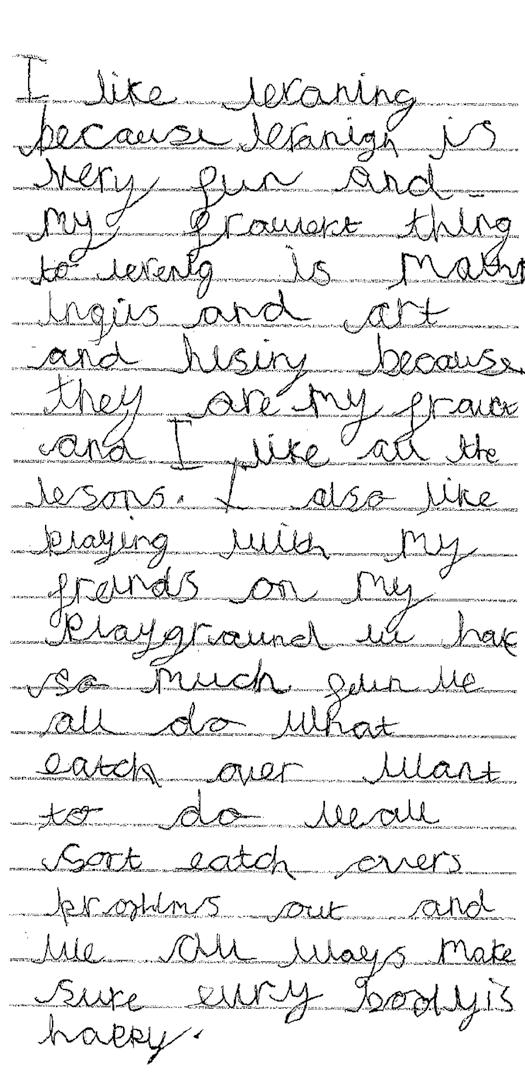
5 minute read
DAILY NEWS
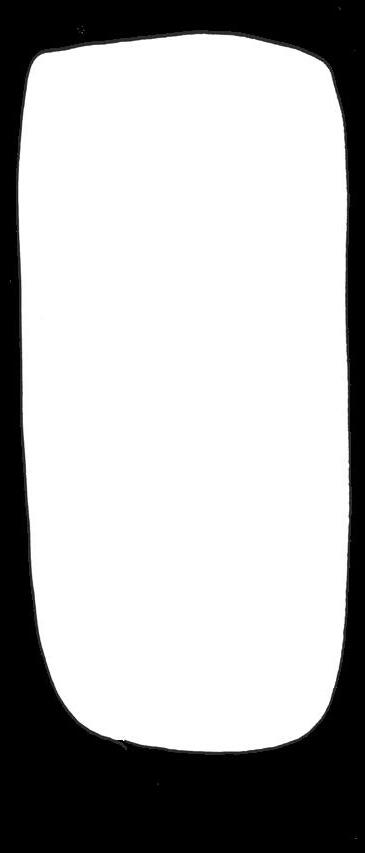
I LIKE THIS SCHOOL
Advertisement
BECAUSE WE HAVE SIGNED UP TO THE WHITE RIBBON PROMISE. IT ALSO HAS ITS FUN TEACHERS, COOL PLAYGROUNDS, A LIBRARY, A SCHOOL THERAPY DOG (LUCKY), AFTER SVHOOL CLUBS, PUSHES US TO WORK HARD TO GET GOOD GRADES.
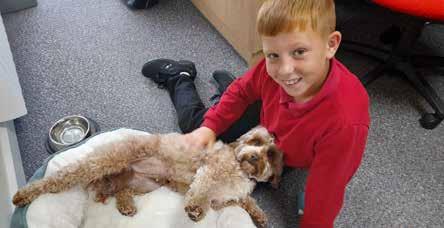
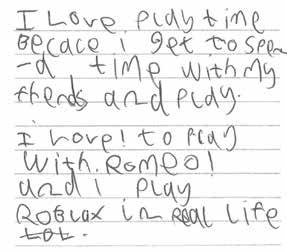
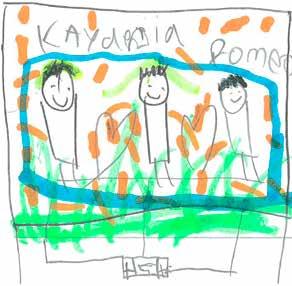
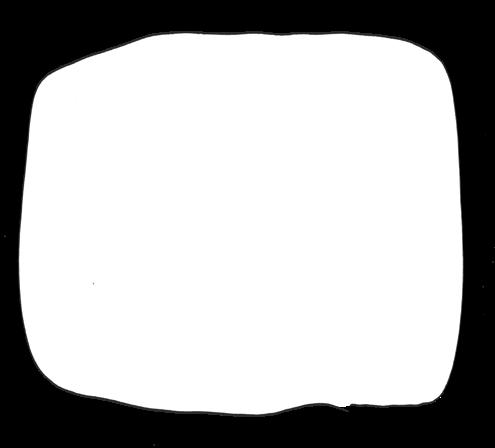
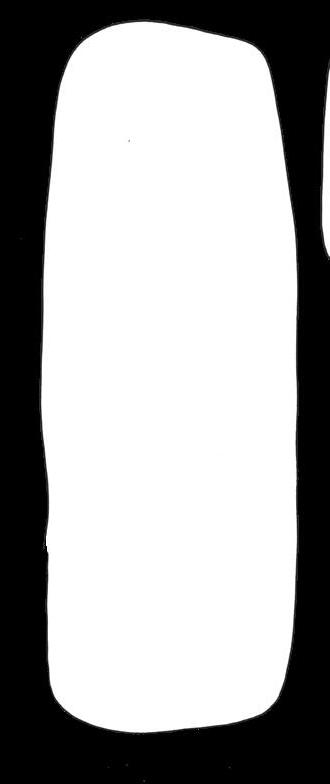
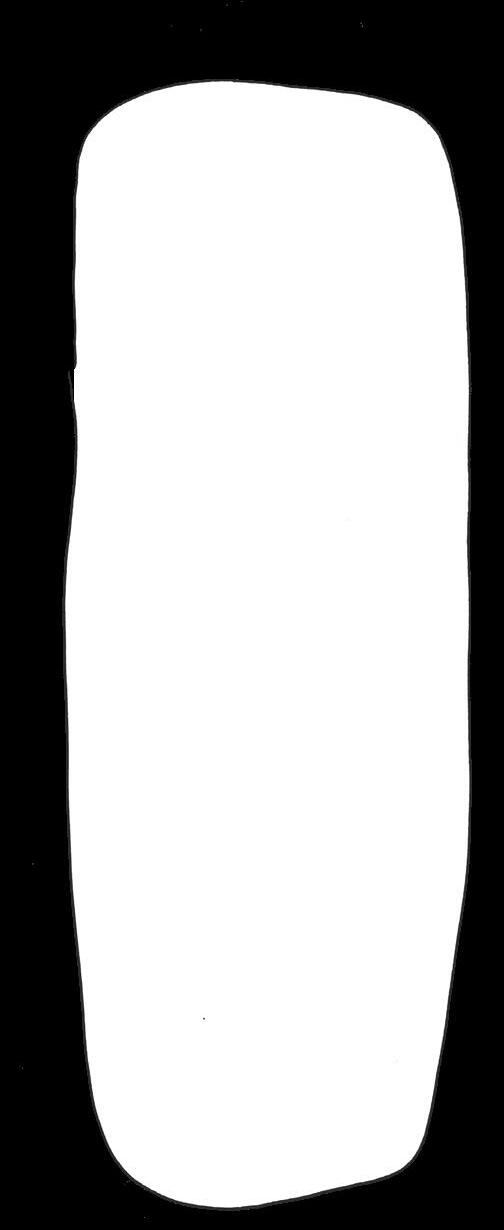
CHILTERN IS A FUN, TRUSTWORTHY SCHOOL. I LOVE IT!
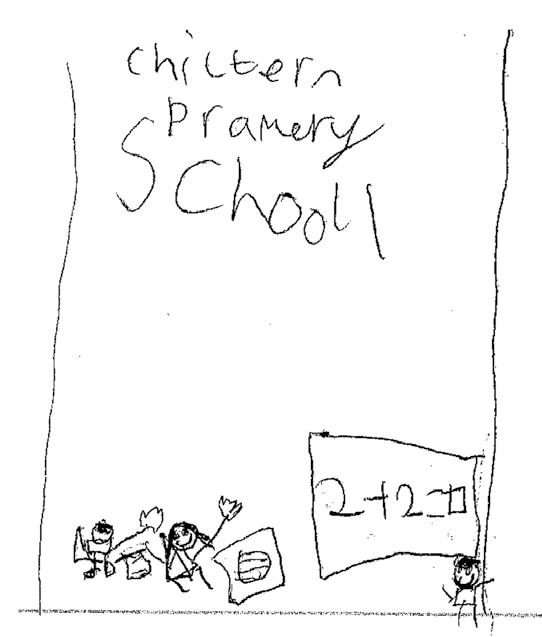
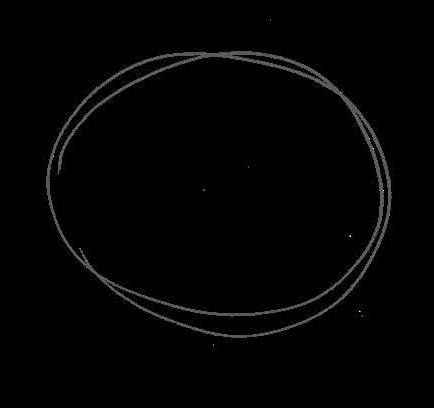
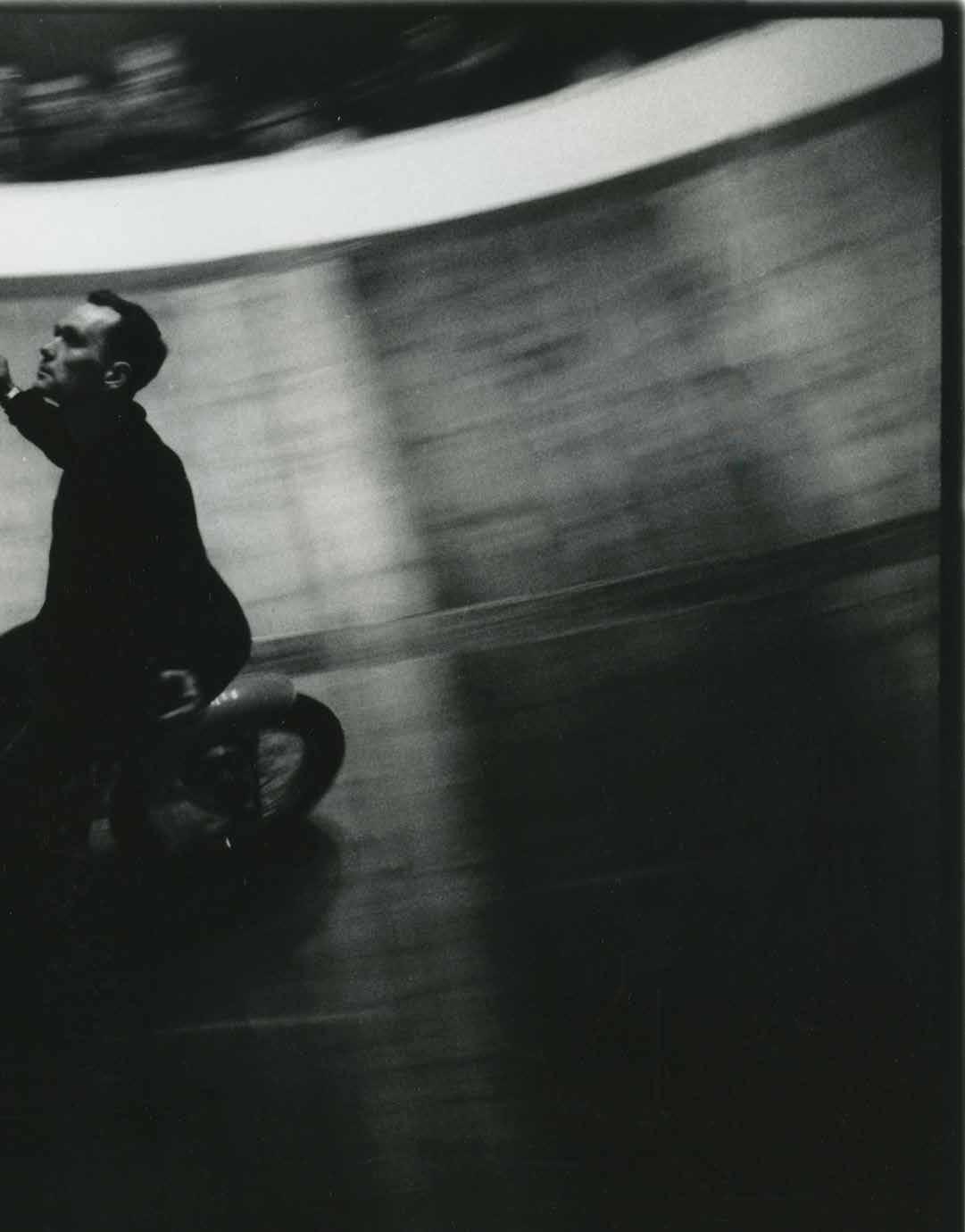
«Continued from page 15.
In the 1980’s, world renowned photographer Daniel Meadows (renowned more now than then) worked as a lecturer at Humberside College of Higher Education. Little did he know that his influence would reach us today. As any good teacher should, he inspired 3 art students, who pursued an interest in social documentary photography, and in HU3. Russell Boyce, Ross Williams and Steve Conlan all created bodies of work about HU3, most of which have never been seen. Russell Boyce may be better known in these parts because of his work photographing an 18-year-old local, George Norris, and his family of Rag and Bone traders. Anyone who read the last edition of EofUs will know that this, in turn, inspired George to pick up the camera himself. Whilst all 4 photographers have documented many aspects of workingclass life in HU3, another photographer, Tony Ward, now the owner of Top Color print shop on Hessle Road, was also documenting HU3 people and visitors in a very different way, in his photography studio.
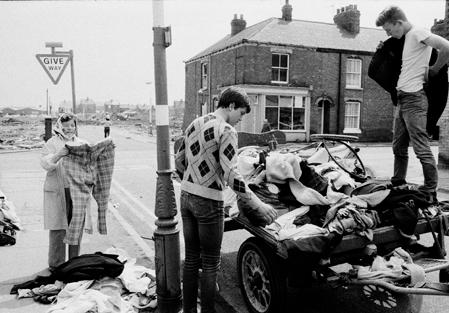
So why the interest in Hull and HU3?
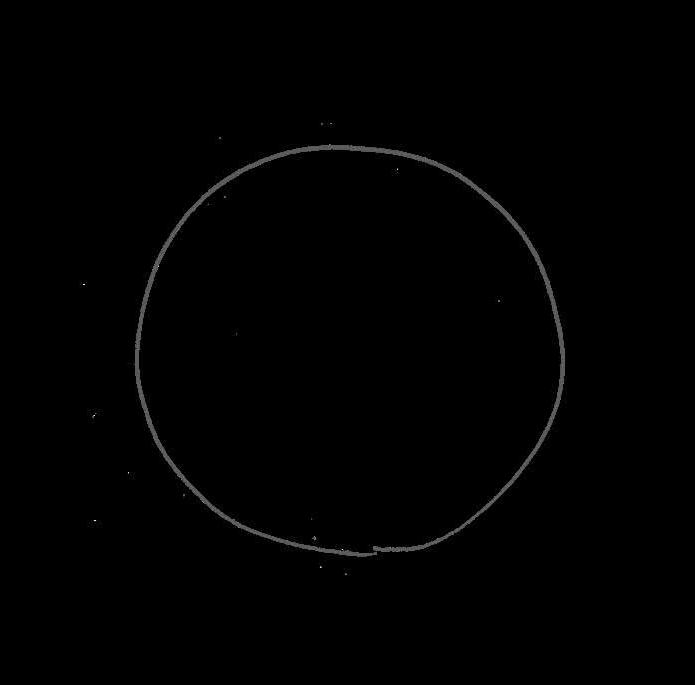
Ross, Russell and Steve were all drawn into Hull Art School. Boyce was drawn to study in Hull because the school "felt new and dynamic and offered the opportunity to float between departments as my interests took me." This differed from other art schools where he felt the schools and lecturers rested too much on their laurels. For Ross, who wanted to be a lumberjack but failed his A levels, art school was his second choice. He lived nearby in Cottingham but explained that Hull "had something of a reputation for being a bit naughty, on the edge". He also remembers "that HU3 was where everyone who worked in Hull’s traditional industries, met the transient, where clubs introduced new acts and where Hull Fair and Circuses visited and interacted with the local". He explained, "this meeting often meant friction, but sometimes a fantastic and unexpected fusion, where the exciting visual performance and spectacle took place and that’s what drew me there." Steve, however, says that he "didn’t choose Hull but that it was chosen for him by his tutor!" He said, "…but then it all worked out for the best. Towards the end of the first year at Hull College of Higher Education, Daniel Meadows turned up to teach photography, which was lucky for me as the illustration tutors weren't convinced by my creative use of fuzzy felts." We also think it turned out for the best. The parallels between Hull and his hometown of Bootle, became more and more obvious to him. He could see the dependence of communities on the industries based around major rivers, and the devastating effects that the de-industrialisation, and managed decline of the north had on workers and families alike. Indeed, it was these observations which brought him back to Hull in 1988 to work on the Hull and Liverpool Dockside Communities project.
For George and Tony, they were already part of the HU3 community. Norris is passionate about documenting the very community that Steve speaks of because he is part of it. "I was born and bred here. I choose to work here because I want to celebrate my community, because we don’t seem to have a voice. I can give a voice. People who don’t know it stereotype it as northern and gritty. I think it’s a place of great beauty. It’s been said it a crap city, I’ve never thought that. It’s not."

Tony’s route into photography in HU3 was very different. After he left school in 1970, he cut his teeth as a photographer’s apprentice at James Marshalls Photo studio on Holderness Road. "James Marshalls was an amazing place because ‘Jimmy’ was also a drummer at West field Country Club and all the greats used to play there – Duke Ellington, Count Bassey, - so all these people used to come in the shop and get their photos done. One day I went in and Buddy Rich was giving Jimmy a drum lesson upstairs.' So Tony’s work took him into the world of entertainment. His studio photography was less about documenting people in the throes of their daily lives, but in people putting their best side forward for a promo shot that might just get them their next gig.
The photographs
We asked each photographer to share a selection of their work of HU3 with us. With the exception of Russell’s photograph of George, the images in here have never been published before. We also asked them why they had chosen them.
For Russell the images of George and June sorting rags and Candy dressed as a nun drinking a pint were specially chosen because they are provocative and potentially divisive. He believes this to be a good starting point to open discussion about the power of photography and the image that can be captured in that 250th of a second. Ross is conscious of the different time they were made in…"They make me both excited but embarrassed. Visually I think they make you want to look and ask questions, but the questions I ask now (before making a photograph) are so different to the questions I asked then." So too for Steve who talks about the importance of a picture changing over time, "At the time of taking, all my work was issue based and those issues were important to consider and relay at the time, to as many people as possible, with the intent to hopefully have some influence and contribute to the debates they hopefully reflected. Now the work is more reflective. It is a physical document of what has happened, a reminder of the past and hopefully a nudge to the future, especially in today's Tory Britain. It is a history of ordinary working class people that would have gone unrecorded otherwise."
For Tony and George the reasons are even closer to home. "They’re novel, of a time. Things are no longer the same - people don’t have promo shots done like that anymore. I learnt to do this back then from Jimmy because he’d photograph the local stars. The Dream Girls and many others were and are the local stars of HU3" explains Tony. And George? "I’ve been doing this now for 15 years. I started because of Russell and the photos of me Mams about the family. I realised I was from a culturally rich and important family. I wanted to reveal them. It’s part of my love letter to Hull."
In common
Whilst some of these photographers are peers, others aren’t and there is both commonality and differences in their styles. However, we have noticed another unexpected thing that they have in common. Each one, in their own way, documented the LGBTQ+ and drag performance scene in working class club venues in HU3, in the 1980s and 90s. This is a significant but hidden body of work. Read page 28 to find out what we plan to do about that.
The ethics around taking photographs of people have changed over the years, but what mantras do our 5 photographers live by when it comes taking photos in places with people?
Ross
Make no assumptions. Communicate. Don’t ever consider anyone as a ‘subject’. Consider the power relationship between the one with the camera and the one who is having a camera pointed at them.
Steve
Understand why you are there and what it is you want to convey through the resulting photographs.
Tony
I don’t think a photo should need a title…your photo should tell you everything about the person and the place.
George
“I think you look amazing can I take your picture?” Give a compliment and ask permission. Seek out unconventional outsiders.
Russell Take time to form a relationship with the people you photograph. Give them a print of the picture you have taken.








